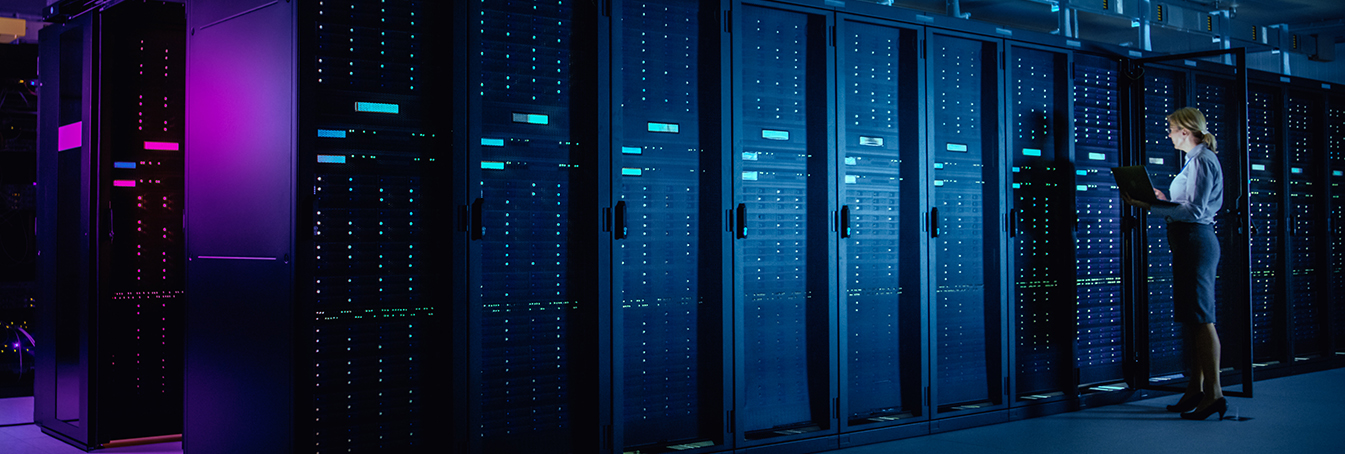“AI is about data,” Tom Taulli states with emphasis. “The more data, the better; trillions of tokens are in the model. AI goes where the data is. Mainframes are an untapped frontier that gets overlooked when it comes to AI.”
Taulli would know. He’s both an experienced mainframer and author of Generative AI: How ChatGPT and Other AI Tools Will Revolutionize Business and Artificial Intelligence Basics: A Non-Technical Introduction, among other books and articles.
With vast amounts of sensitive and valuable data stored on mainframes—such as credit card information, health records, and IMS databases—Taulli suggests these systems are prime candidates for AI applications.
Mainframes’ enormous processing power makes them well-suited for real-time predictions, fraud detection, security monitoring, and alert systems for critical infrastructures like oil rigs. Integrating AI with mainframes can enhance their capabilities in handling large-scale, real-time data processing tasks more efficiently than traditional systems.
As interest, adoption, and the market for AI increase – one study predicts 4x growth in a mere five years – there’s no reason mainframes should be left out.
Opportunities for Mainframe and AI Integration
There are multiple options for translating, transposing, or adapting mainframe data for AI learning.
Cloud Platforms: Organizations can use cloud-based resources and distributed computing frameworks to train machine learning models on mainframe data. These models can then be deployed back to the mainframe environment for inference. IBM Cloud, AWS, and Azure have experience integrating mainframes into cloud computing ecosystems.
Modern Tools for Mainframe Interfacing: IBM’s AI Framework for z/OS and Zowe, an open-source project, provide modern interfaces for interacting with mainframes. These tools allow developers to work with mainframes using familiar environments like VS Code, enhancing productivity and adoption.
The OMP-based Zowe on IBM z/OS is a software framework with a core set of applications, APIs, and operating system capabilities to support future development. Zowe offers developers modern interfaces to interact with z/OS, enabling them to work with the mainframe as they do in modern cloud environments. Third-party vendors can also create plug-ins and extensions to include Zowe capabilities in commercial development tools.
Wazi is a family of tools for delivering a cloud-native DX for z/OS and providing cloud-native development and testing for z/OS in the IBM Cloud. With Wazi, developers can quickly spin up a z/OS dev and test system or create their own custom image from on-premises mainframe LPARs (logical partitions).
AI-Driven Translation: IBM’s watsonx Code Assistant for Z uses AI to translate COBOL into Java, facilitating targeted modernization and making it easier to find talent. This approach can significantly reduce coding time and improve the efficiency of mainframe applications. Additionally, for the cloud-shy, the code transformation capability in IBM watsonx Code Assistant for Z can also be deployed on-premises.
Translating COBOL code into a more modern language like Java can be beneficial for AI integration. IBM’s Watson Code Assistant for Z offers a solution by using generative AI to translate COBOL into Java, standardizing the code base and making it easier to manage.
Real-World Applications
Generative AI is the hot use case at the moment, but AI can also solve real-world problems.
- Healthcare: Ideally, AI and mainframes can streamline administrative processes in healthcare, reducing bureaucracy and improving efficiency in handling reimbursements and patient records.
- Aviation: AI can enhance predictive maintenance, flight delay predictions, and customer service in the aviation industry, leveraging the vast data processed by mainframes.
- Weather Forecasting: Mainframes equipped with AI can provide more accurate and timely climate predictions, supporting public safety and economic activities.
Challenges in Integrating AI with Mainframes
Despite the potential benefits, integrating AI with mainframes presents several challenges. One major issue is the legacy nature of mainframe systems and COBOL code. Many organizations have been using the same software since the 1970s and are wary of making significant changes that could destabilize their operations. For example, a DMV’s major project to update its system was scrapped after spending USD $200 million.
However, the most significant barrier to mainframes and AI isn’t code, talent, cost, or time. According to Taulli, it’s data governance. To tap mainframe data for AI, the following would be necessary:
– Data pulled out with strong governance
– Data de-identified within sets
– Data anonymized
– High security around data
– Formal requests to use data for legitimate purposes
– Compliance with GDPR, California Privacy protection laws, and other local and global regulations
– Clear disclosures and permissions
Plenty of research is being done with the types of data mainframes contain, notes Taulli. But those studies exist in highly regulated environments, and AI isn’t there yet. “Mainframe data is a little dreamland for data scientists. It’s an intriguing platform for AI.”
Mainframes Advance
Integrating AI with mainframes offers significant potential to enhance efficiency, security, and real-time data processing capabilities. While challenges remain, particularly regarding legacy systems and data governance, the opportunities for innovation and improved operations are immense. By using modern tools, cloud platforms, and AI-driven solutions like IBM’s watsonx, organizations can navigate the evolving landscape and harness the power of AI on their own mainframes to drive significant advancements.









0 Comments